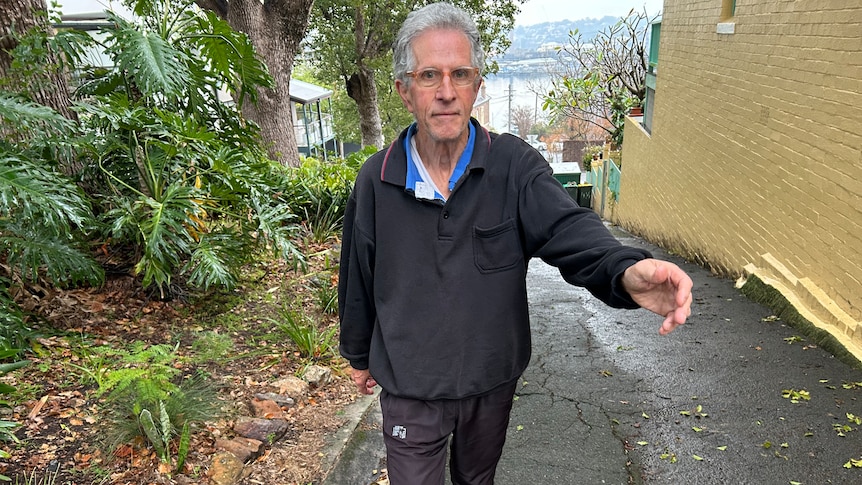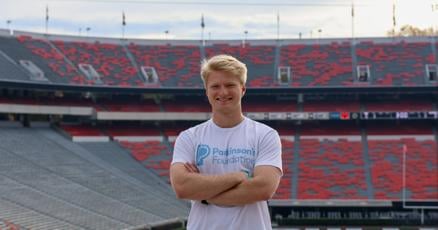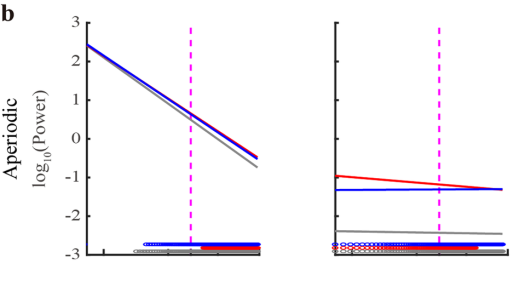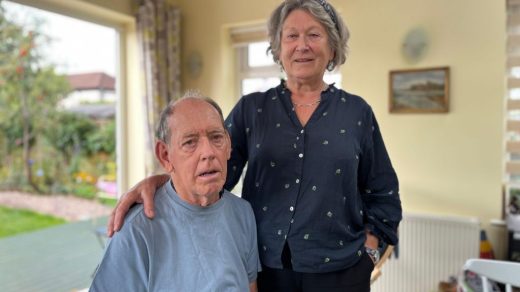Will Boag swings his arms purposefully as he lifts one foot in front of the other, each movement slightly exaggerated.
“It doesn’t look that great, but it works, and I’m okay with that,” Mr Boag says.
The 76-year-old has always enjoyed walking, but since being diagnosed with Parkinson’s 13 years ago, it’s become key to maintaining his health and giving him a purpose.

In 2014, he set off on Spain’s Camino trail, wearing a sign on his back, Walking for Parkinson’s, for the 42-day 825-kilometre trek, sparking plenty of conversations about the disease.
Big walking trips have become an annual tradition — challenging the image of a typical person with Parkinson’s suffering tremors, unable to do very much.
He has now walked the Camino trail with his wife Corrie in five countries, as well as other treks in Europe, blogging and writing poetry about his experiences along the way.
“It energises me, and it’s something that I can do quite easily to get a pack on the back and just walk,” Mr Boag said.
“Doesn’t take a lot of skill, but it takes a fair bit of heart and lungs, and I’ve still got a modicum of that.”
At home in NSW, where he splits his time between Balmain and the Blue Mountains, he averages about 5 kilometres a day on foot.
Mr Boag needs no walking stick or wheeler, charging up hills, unfazed by rain or heat. He keeps the pace up because slowing down makes it harder to stay straight.
If he feels like an afternoon nap — tiredness is a symptom of the disease — he goes for a walk instead.
“Walking is just the best all-around exercise, and you don’t need any equipment,” Mr Boag said.
“It’s just wonderful. You just get up and go.”
Breaking down disease stigma
He’s raised more than $35,000 for Shake It Up, an organisation supporting people with Parkinson’s.
As well as raising money, Shake It Up chief executive Vicki Miller said Mr Boag’s openness about life with the disease helped to dispel some of the stigma around Parkinson’s.
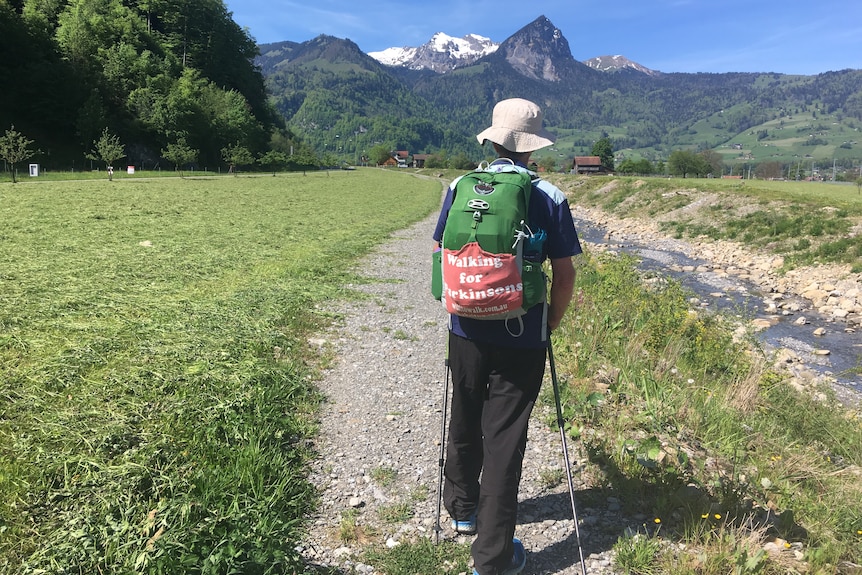
She said many people did not tell anyone beyond their immediate family.
“There’s a lot of fear around coming out with a Parkinson’s diagnosis,” Ms Miller said.
“And that makes it doubly difficult to actually live with your diagnosis when you’re hiding some symptoms from people.”
While not everyone will be able to achieve Mr Boag’s walking feats and the severity of symptoms may vary, she said his experiences showed that with the right management, life did not end with a diagnosis.
“They can continue to live a very good quality of life,” Ms Miller said.
“But they do need to focus on managing their Parkinson’s very well by exercising regularly, eating a really healthy diet, making sure that they have a good relationship with their health care team so that they’re managing their medications properly.”

Mr Boag encourages people to talk about it.
Within a week of finding out in 2010, he had told all his family and began to let his friends know too.
“By being proactive like that, I found that it was such a benefit … because it’s a reality, it’s who you are,” he said.
Marathon effort
At the end of the month, Mr Boag will walk a marathon as part of a Sydney fundraiser to support those living with Parkinson’s.
So far, he’s the only one to commit to the full 42.5 kilometres, but he’s hoping to have some company.

He says the main thing is that people push themselves.
“Your 100-metre walk with a wheeler might, to you, be the most you can do and the thing that exhausts you the most.”
Mr Boag is in the middle stages of the disease, with symptoms including a decline in muscle movement, some trembling on the left side of his body, tiredness and decreased facial expressions.
But his symptoms have not worsened over the last decade, and some have improved.
He puts that down to a combination of specially-designed sessions focusing on mind and body coordination, daily exercises at home, medication and, of course, walking.
Ms Miller says walking is a great option, but any exercise is beneficial for people with Parkinson’s.
“It’s what works for you as an individual,” she said.
“But there’ll be an exercise for everybody that’s relevant and appropriate for their Parkinson’s. And you do it every single day.”
Ms Miller says she is encouraged by early detection and drug therapy breakthroughs to stop the disease from progressing.
“If we can stop disease progression, it means people will be able to live with Parkinson’s their whole life,” she said.
“Like you get, for instance, diagnosed with high cholesterol, and your doctor puts you on a cholesterol-lowering medication to prevent you from developing heart disease or having a stroke.
“We’re not there yet, but we’re a lot closer than we’ve ever been before.”
Loading
